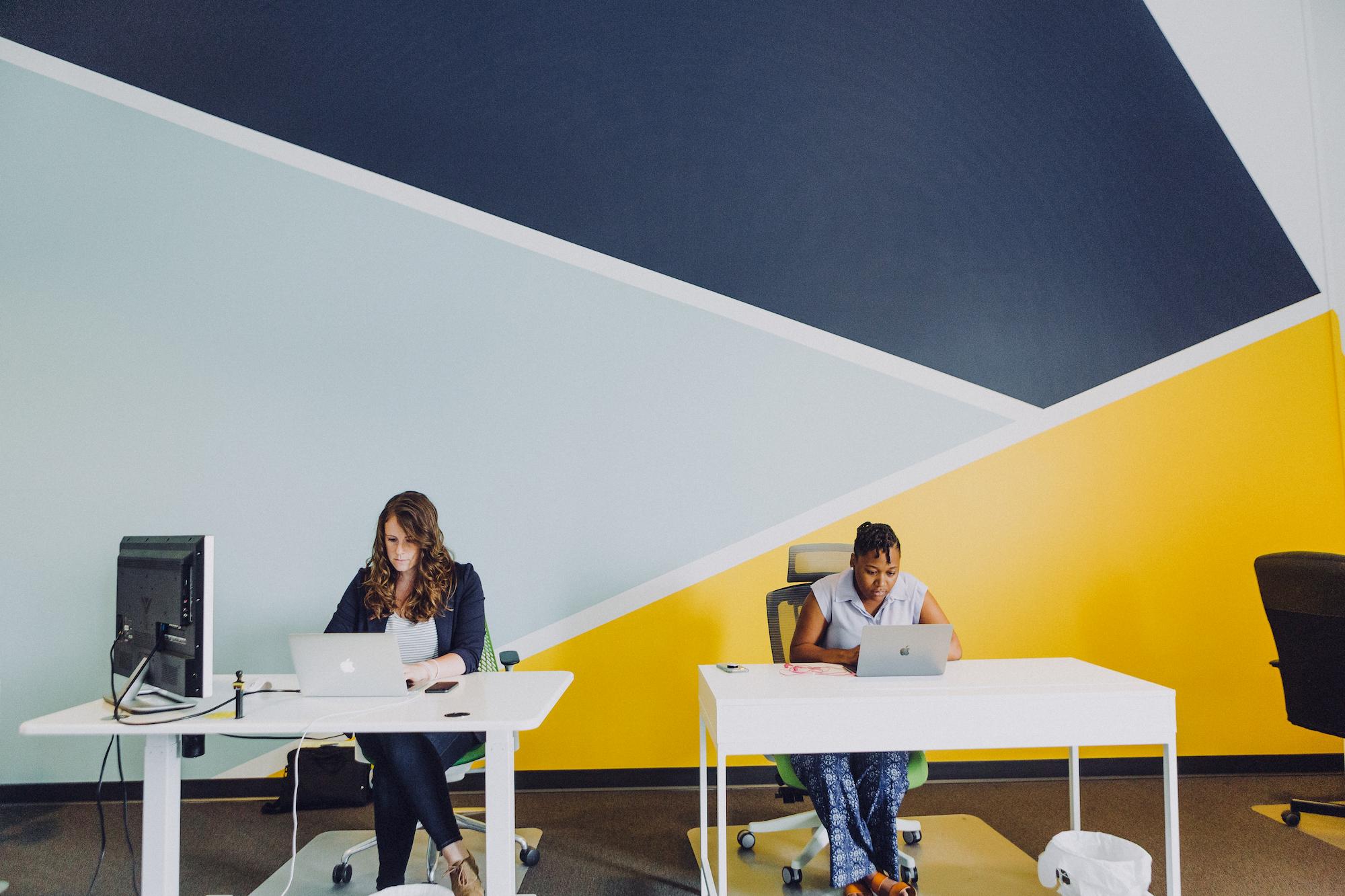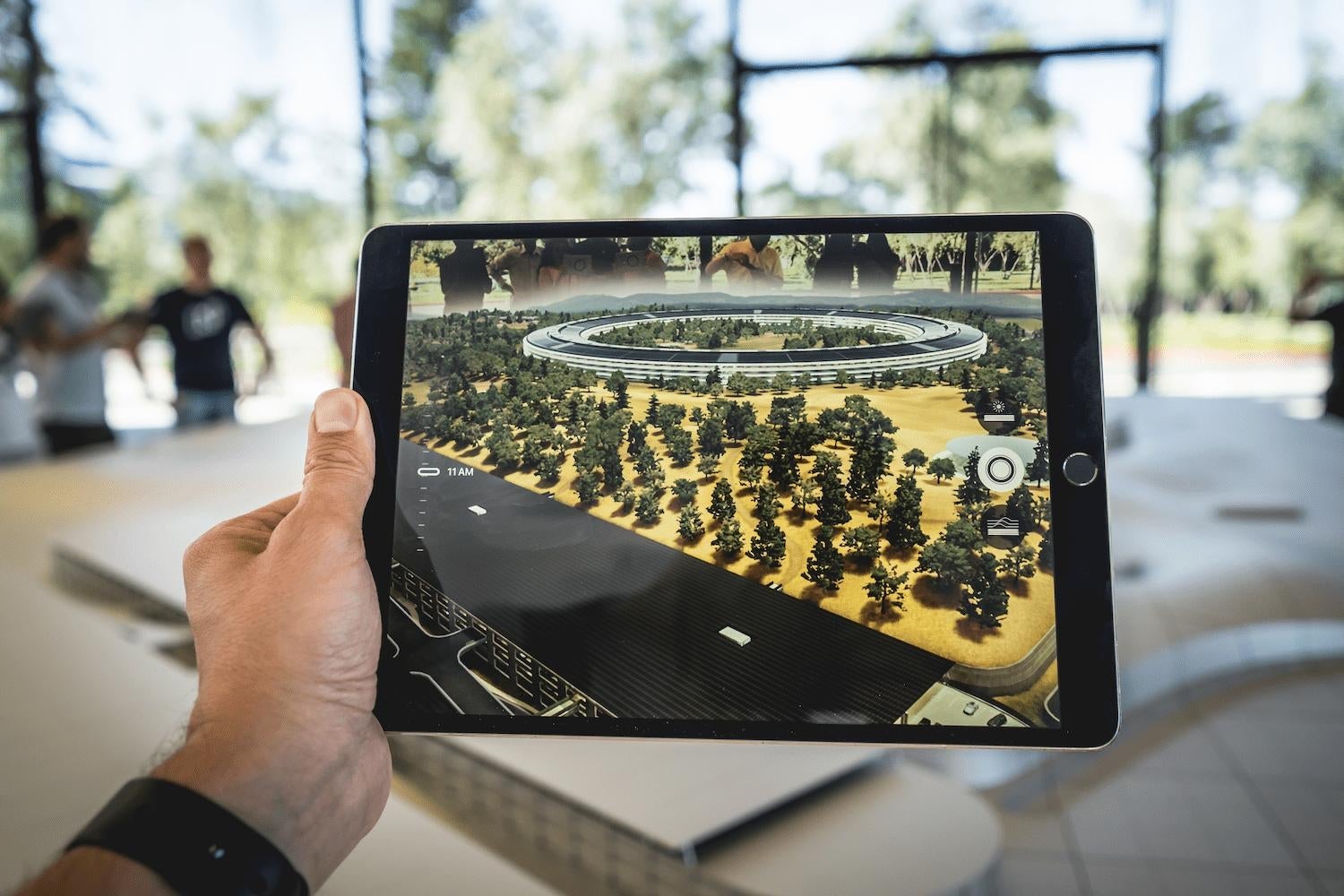Design is a creative, collaborative process involving disruption, interruption, and deconstructive creativity. Well-designed products are based on human understanding and empathy.
At the same time, especially when it comes to software development, designers are forced to adopt Agile approach. Focused on requirements and solutions, this project management methodology forces designers to work the way developers do.
This scenario is well described by Dave Malouf, DesignOps Summit and IxDA. In his article for InVision, he argues that in favour to match software development teams, designers took a step back when it comes to creative approach to projects.
What Malouf proposes, is combining deconstructive creativity of designers with Agile methodology by introducing understanding and discovery to software development delivery.
DesignOps is the practice that allows that in project development.
What is DesignOps?
In short, design operations (DesignOps) is a process focusing on creating a framework based on which designers work. The goal is to:
- Maintain creative approach to design, based on understanding users and testing assumptions.
- Improve workflows to deliver complex projects on time, in collaboration within cross-functional teams.
DesignOps may be a team or a single person, depending on company size. This role is different to Design Manager or Head of Design in the way it focuses on the operational aspect of ensuring efficiency of designers’ work, without high-level overview of Head of Design or more project management approach of Design Managers.
To accomplish both valuable design and project development, DesignOps focuses on planning, operations, and integration.
1. Planning
DesignOps team is responsible for planning the design part of the project in order to provide designers with all the information they might need to create high-quality outputs. This may involve:
- Budget – how much money does the design team have to deliver their work?
- Tools – assuring the team has everything they need to complete the project.
- Workflows – planning the work ahead.
- Pipeline – making sure that other projects don’t interfere with each other.
2. Operations
Operations are the ‘Ops’ part in DesignOps.
Creating processes and design culture are important parts of the operational approach to design, helping to establish goals, weak spots, success metrics, unified approach to projects.
Operationalising design culture helps, on the other hand, to focus on designer’s education, professional development, retention and knowledge sharing.
3. Integration
The problem many companies face is that designers work in silos.
Especially in times of Agile project management in software development, it creates a risk of designers ‘just’ providing assets to implement by developers.
In order to return to creative approach to design, DesignOps aims to integrate teams – not only within a design department but company-wide. It makes it easier to ask important questions regarding the project, refine designs with feedback loops, and generally produce better quality materials.
Why and how to incorporate DesignOps approach?
First, why should you care about DesignOps?
According to Adobe, 73% of managers said they want to double their design team in the years 2017-2022. This means we’re in the midst of growing demand for good UX designers.
Finding and hiring people with the right skills is becoming more difficult, considering growing demand and limited access to top talents.
Creating efficient workflows and process allows to better plan design teams’ work, but also to anticipate the demand at your organisation, giving you time to recruit professionals without comprising product quality.
Next, DesignOps helps with managing scaling design operations for products that grow exponentially. Companies already investing in DesignOps include Atlassian, Airbnb, and Shopify. At Airbnb, for example, DesignOps helped with unifying their design language across platforms and integrating their employees to work in cross-functional teams.
This leaves us with the last question:
How do you incorporate this approach at your organisation?
You can either hire a dedicated specialist to run DesignOps, or you can spot employees at your organisation who show operationally focused approach to their teams’ work. Hiring a design agency can also help to evaluate your processes, if you don’t know exactly what to focus on to start with.





